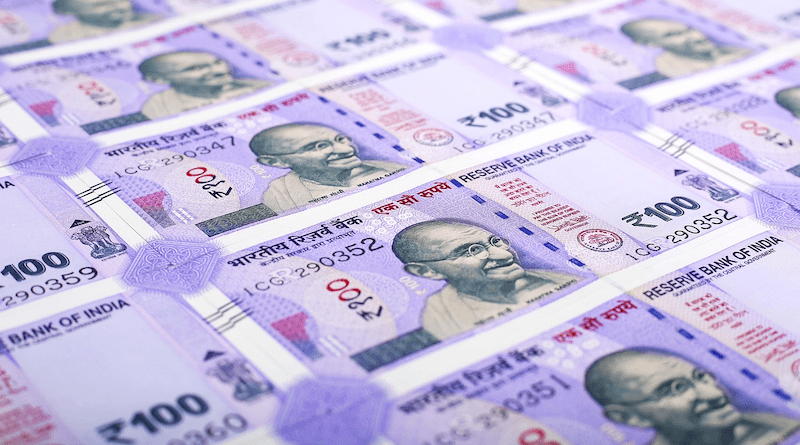JP Morgan Included India In Emerging Market Index: Impact On Indian Economy – OpEd
It is good news for India. After a wait of many years, India has joined JP Morgan’s emerging markets bond index. JP Morgan Chase & Co. has decided to include Indian government bonds in its highly regarded emerging market debt index. The securities will be added on June 28, 2024.
JP Morgan added that the inclusion will be extended to 10 months with a 1% increase in its index weighting, with India expected to reach a maximum weighting of 10%. According to JP Morgan, “India’s weight is expected to reach the maximum weight threshold of 10% in the GBI-EM Global Diversified Index (GBI-EM GD) and approximately 8.7% in the GBI-EM Global Index.” In March, JP Morgan previously reported that support for index-eligible, high-yield government bonds from India had grown in its survey from 50% to 60% from the previous year.
Impact on the Indian Economy
According to the chief economic advisor in the finance ministry, V. Anantha Nageswaran, the JP Morgan emerging market debt index has the potential to make the rupee stronger and reduce the government’s borrowing costs. Nageswaran said that it is expected that the annual fund inflow into Indian government bonds could be $20 billion to $25 billion. Nageswaran said that in a time of global uncertainty, while this development might bring volatility to the Indian bond market and currency, the benefits of such an inclusion would far outweigh the risks in the long term.
“When there is demand from investors to buy Indian government bonds denominated in rupee, naturally, the demand for rupee will increase, and everything else being equal, there is a potential for rupee’s nominal appreciation,” he said. He said that foreign investors are likely to benefit from investing in India. “Just as portfolio investors in equity markets in India have benefited over the last 30 years from their investment in Indian equities even in dollar terms on a risk-adjusted basis, we believe that long-term patient investments into India’s government securities will also benefit in terms of earning themselves commensurate economic returns,” said Nageswaran.
Another benefit of the inclusion will be the lower cost of borrowing and expected inflows between June 2024 and March 2025, which will support the Indian currency against the dollar and the volatility in the recent global commodities market. However, experts are of the view that the immediate effects may affect short-term global market sentiments, despite calling it a celebration for the long run.
The Reserve Bank of India (RBI) announced the upcoming weekly lot of treasury bills and state development loans (SDLs) auctions on Friday. Three-month, six-month, and 364-day T-bills all have provisional yields of 6.86%, 7.06%, and 7.07%, respectively. This time, 12 states—Rajasthan, Punjab, Manipur, Madhya Pradesh, Kerala, Tamil Nadu, Haryana, Gujarat, Goa, Chhattisgarh, Bihar, and West Bengal—will take part in SDL auctions. The highest interest rate, 7.46%, is being offered for SDLs by Chhattisgarh, which mature on September 27, 2030. The state governments are anticipated to sell SDLs worth Rs 27,000 crore in the auction on September 26 as opposed to the planned market borrowing of Rs 26,700 crore, according to Rockfort data.
In the meantime, FTSE Russell, another major index provider, intends to incorporate Indian bonds into its emerging market index. It is anticipated to bring billions of dollars into the world’s fifth-largest economy.

